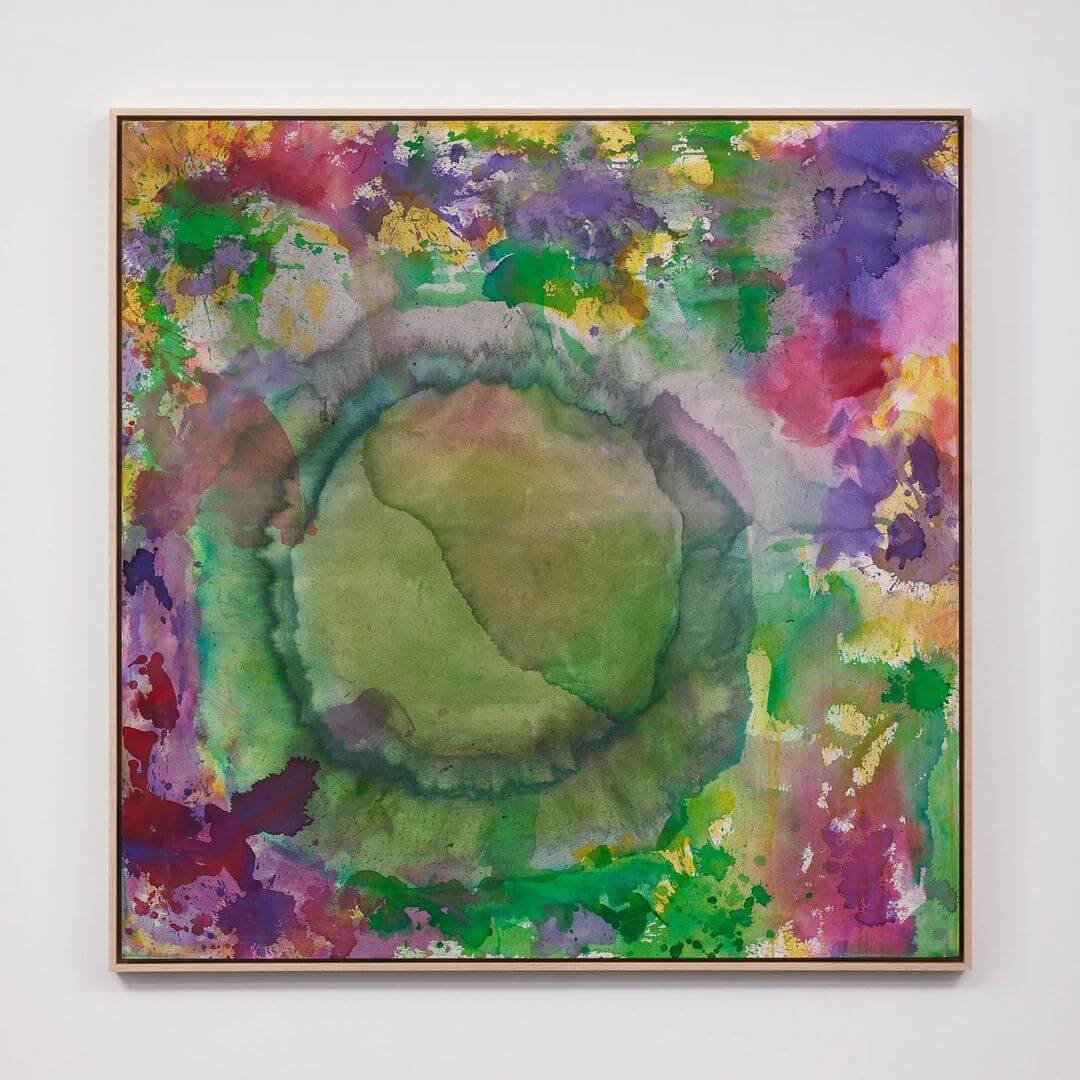Vivian Springford
Jun 1, 2021 -Jun 26, 2021
Taka Ishii Gallery (complex665)
6-5-24 Roppongi
Minato-ku
Tokyo
Taka Ishii Gallery is pleased to present a solo exhibition by Vivian Springford from Tuesday, June 1 to Saturday, June 26. The exhibition marks Springford’s first solo exhibition in Asia and features 13 highly representative works produced between the 1950s and 1970s.

All rights reserved. / Photo: Kenji Takahashi
Springford, born to a well-to-do family in Milwaukee in 1913, moved to Detroit as a child with her family for her father’s business and then relocated to New York in 1930. She studied at Spence, the prestigious
secondary school located on Manhattan’s Upper East side where she and her family lived, and made her debut in social circles in 1932. Unlike most women of her generation and social status, she pursued a serious career in the arts and enrolled in the Art Student League1 where she continued studying until the mid-1940s.
During the 1930s and 1940s, while studying, she worked as a commercial illustrator, and undertook commission work such as a portraiture and illustrations for Albert Carr’s book, Juggernaut: The Path Towards Dictatorship (1939), which parsed the dictators emerged between the 19th century and early 20th century. The New York art scene in the 1950s was one of absolute male dominance, women artists being embraced primarily after they emerged as fellow workers in the post-Depression era’s Works Progress Administration (WPA) Federal Art Project. Being neither a part of this program nor partnered with a famous artist or wealthy husband, Springford navigated an environment with few opportunities for female artists to be successful.

All rights reserved.
Despite this she garnered recognition from the leading art critics of the day, Harold Rosenberg, and was collected by notable art patrons including Mr. Leon Mnuchin, Mr. and Mrs. Paul Jennings and Mr. and Mrs. Michael Cross. In the 1950s, Springford began to work in abstraction, incorporating techniques of action painting such as dripping. Of profound and specific influence to her career in the late 1950s was her relationship with the Chinese-American artist Walasse Ting, with whom she shared a studio from 1958 until the early 1960s in the flower district of New York on Sixth Avenue and 26th Street.
Ting introduced the artist to Chinese calligraphy, Eastern thought and art, an influence that made a profound impact on her attitude towards abstraction in, as well as the physicality of, her painting. The integration of calligraphy technique in these early works is in evidence in the works she exhibited at her first solo show held at the Great Jones Gallery in 1960 and her subsequent solo exhibition with Preston Gallery in 1963, both well known galleries of the time in New York.
Vivian Springford opens on Jun 1, 2021 until Jun 26, 2021 at Taka Ishii Gallery (complex665)
https://www.instagram.com/takaishiigallery/
©2021 Vivian Springford, Taka Ishii Gallery





